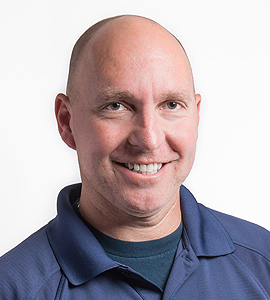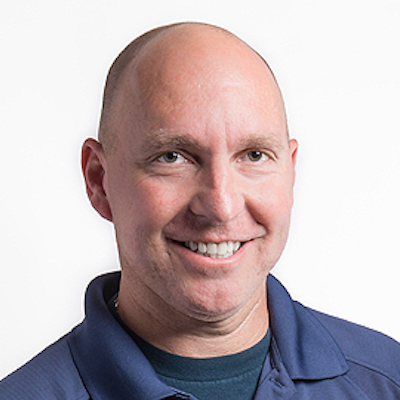Our teams hit the road and began visiting many SNFs in our large and sprawling county. On the ground, we quickly determined our most pressing need. Since many previous employees had left during the first COVID-19 surge, new staff members needed to be quickly educated on how to properly don and doff personal protective equipment (PPE), like gowns and N-95 masks.
We were also assisted on-site by a behavioral health nurse or therapist. All employees were under an inordinate amount of stress, and some facilities had experienced the trauma of large viral outbreaks. Our teams were committed to providing a holistic approach to support them and their well-being.
To ensure consistency in our approaches and memorialize training methods for the long term, the SOS team in Riverside County distributed a playbook to each facility outlining PPE utilization and information regarding the COVID-19 virus. Riverside has vibrant Latinx communities, and so the playbook was also translated into Spanish.
Perhaps most important, we made a concerted effort to make consistent and repeat visits to facilities, building relationships with staff members. These connections ensured that their safety and their patients’ safety would remain priority number one throughout the ordeal.
Administrators gained trust in our teams’ methods and didn’t hesitate to bring us in whenever they onboarded new staff, developed new protocols, or simply wanted to provide a site with a morale-boosting repeat visit. Over seven months, SOS teams conducted more than 1,200 site visits. Group homes and homeless shelters were eventually added to the vulnerable populations under our care and support.
Bringing Acute Care to Our Community
The program became so successful that it was replicated in nearby San Bernardino County. In late 2020, my fellow Vituity advanced provider, Dennis Tankersley, PA-C, and his team received an award from San Bernardino County for their work at Arrowhead Regional Medical Center.
This experience proved to me the value that advanced providers bring not just to the acute care setting but also to the operational healthcare setting. At Vituity, physician leaders recognize that advanced providers excel at adapting to ambiguous situations and solving problems in pressure-cooker environments. The acute care and operational hurdles that COVID-19 created have offered providers like me opportunities to demonstrate empathetic leadership and expertise to the communities in which they live and serve.
























